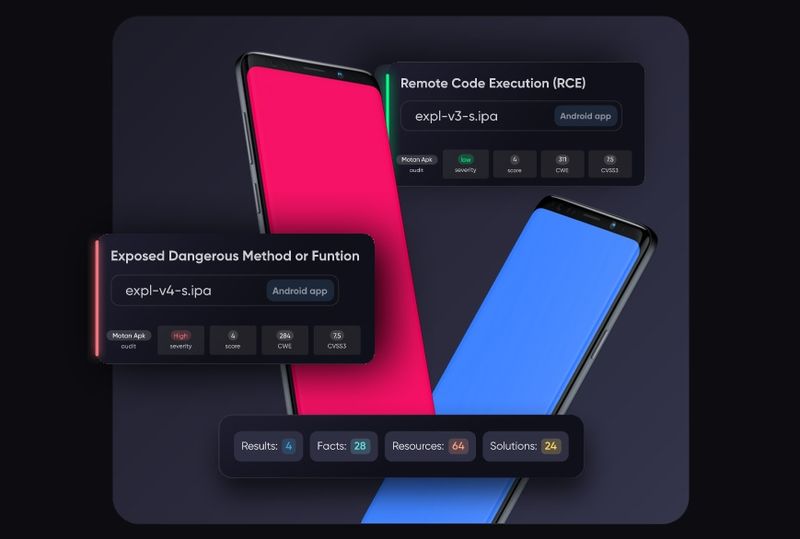Android mobile penetration testing: a comprehensive guide
In today’s digital age, the security of mobile applications is paramount. With Android devices dominating the market, understanding and mastering the intricacies of penetration testing on this platform is essential for any security professional. This guide, brought to you by CQR, dives deep into the world of android app penetration testing, offering insights, methodologies, and strategies for safeguarding applications against potential threats.
The Importance of Penetration Testing in Android Ecosystem
The Android operating system, known for its flexibility and wide adoption, also faces numerous security challenges. Penetration testing, or pen-testing, serves as a crucial evaluation method to identify vulnerabilities within mobile applications before they can be exploited by malicious entities. By simulating real-world attacks, pen-testers can uncover weak spots and provide recommendations for strengthening security measures.
Understanding the Android Security Model
Android’s security architecture is built on the principle of least privilege, where each application operates in a sandbox environment. This model is designed to limit access to system resources and data. However, vulnerabilities can still be present, arising from improper implementation or overlooked security controls.
Tools and Techniques for Effective Penetration Testing
A variety of tools are available for conducting thorough penetration tests on Android applications. Some of the most widely used include:
- ADB (Android Debug Bridge): A versatile command-line tool that allows communication with an Android device.
- Drozer: A comprehensive security and attack framework for Android.
- Burp Suite: A popular tool for evaluating the security of web-based applications and services.
Employing these tools effectively requires a deep understanding of their functionalities and the ability to interpret their outputs accurately.
Common Vulnerabilities in Android Applications
Several common vulnerabilities are often identified during penetration testing, including:
- Insecure data storage
- Improper session handling
- Injection flaws
- Insufficient cryptography
Identifying and mitigating these vulnerabilities is crucial for ensuring the security of Android applications.
Methodologies for Conducting Penetration Testing
A structured approach to penetration testing ensures thorough coverage and effective identification of potential security issues. The following steps outline a general methodology:
- Planning and Preparation: Define the scope, objectives, and tools to be used in the testing process.
- Reconnaissance: Gather information about the target application to understand its functionality and potential entry points.
- Vulnerability Analysis: Employ automated tools and manual techniques to identify vulnerabilities.
- Exploitation: Attempt to exploit identified vulnerabilities to assess their impact.
- Reporting and Recommendation: Document findings and suggest measures to mitigate identified risks.
- Case Studies: Real-World Applications of Penetration Testing
Exploring real-world scenarios where penetration testing has successfully identified and mitigated vulnerabilities offers valuable insights. Case studies demonstrate the practical application of testing methodologies and highlight the importance of continuous security assessment in the development lifecycle.
The Role of Continuous Learning and Adaptation
The landscape of cybersecurity is constantly evolving, with new threats emerging regularly. For pen-testers, staying abreast of the latest security trends, vulnerabilities, and tools is imperative. Continuous learning through training, workshops, and research is crucial for maintaining the effectiveness of penetration testing strategies.
Android mobile penetration testing is an essential component of cybersecurity, offering a proactive approach to identifying and mitigating vulnerabilities. By understanding the tools, techniques, and methodologies discussed in this guide, professionals can enhance the security of Android applications, contributing to a safer digital environment. CQR remains committed to advancing the field of cybersecurity through education, innovation, and collaboration.

